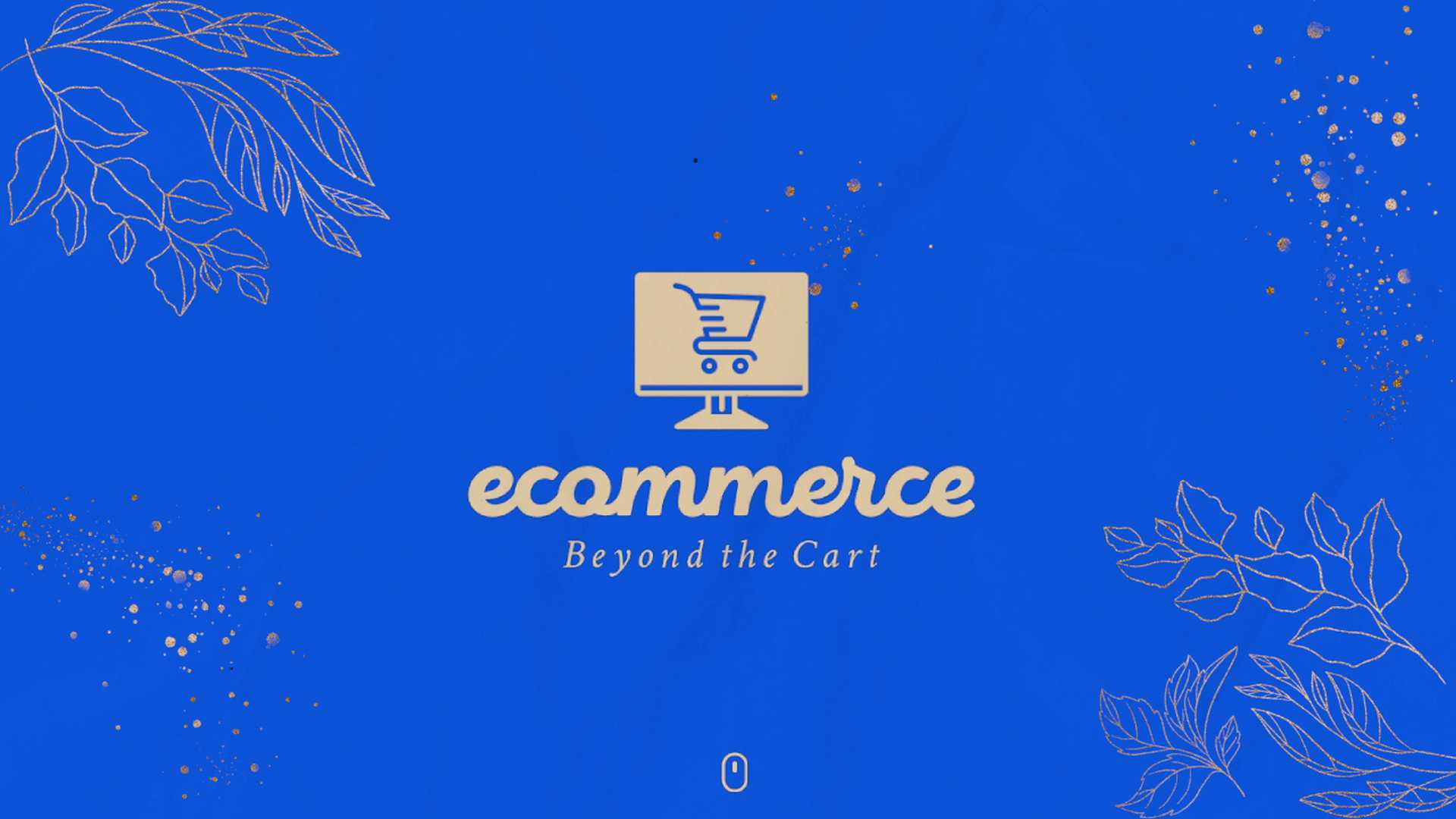Introduction
With the rapid growth of ecommerce platforms and online shopping, businesses are increasingly focusing on customer retention and building loyalty as essential strategies for sustainable growth. While acquiring new customers is important, retaining existing customers can be even more beneficial in the long run. In this article, we will delve into the importance of customer retention in ecommerce and explore effective strategies for building loyalty among your customer base.
Understanding Customer Retention
What is Customer Retention?
Customer retention is the ability of a business to retain its existing customers over a period of time. It involves building strong relationships with customers, providing exceptional customer service, and offering products or services that meet their needs and preferences. In the ecommerce industry, customer retention is crucial for driving repeat purchases and increasing customer lifetime value.
The Benefits of Customer Retention
Customer retention offers numerous benefits to ecommerce businesses, including increased revenue, lower marketing costs, and enhanced brand reputation. By focusing on retaining existing customers, businesses can foster loyalty, drive repeat purchases, and create a loyal customer base that acts as brand advocates and helps attract new customers through word-of-mouth referrals.
Challenges of Customer Retention
While customer retention is vital for long-term success, businesses often face challenges in retaining customers in the highly competitive ecommerce landscape. Factors such as changing consumer preferences, market saturation, and increased competition can make it challenging to keep customers engaged and loyal to a particular brand. However, with the right strategies and tactics, businesses can overcome these challenges and build lasting relationships with their customers.
Strategies for Ecommerce Customer Retention
Personalized Marketing
Personalized marketing involves tailoring marketing messages and offers to individual customers based on their preferences, behaviors, and purchase history. By collecting data on customer interactions with your website and products, you can create personalized recommendations, discounts, and promotions that resonate with each customer, leading to higher engagement and conversion rates.
Loyalty Programs
Implementing a loyalty program is a powerful way to incentivize repeat purchases and reward customer loyalty. Loyalty programs can take various forms, such as points-based systems, tiered rewards, or exclusive perks for loyal customers. By offering rewards and incentives for continued engagement, businesses can encourage customers to return to their site and make repeat purchases.
Excellent Customer Service
Providing exceptional customer service is essential for building loyalty and trust with your customers. Be responsive to customer inquiries, resolve issues promptly, and go the extra mile to ensure a positive shopping experience. By delivering superior customer service, you can create a strong emotional connection with customers and differentiate your brand from competitors.
Email Marketing
Email marketing is a powerful tool for staying in touch with customers and nurturing relationships over time. By sending personalized and targeted emails, businesses can keep customers informed about new products, promotions, and special offers. Email campaigns can also be used to gather feedback, solicit reviews, and re-engage inactive customers, driving increased engagement and sales.
Social Media Engagement
Engaging with customers on social media platforms is a valuable way to build relationships, foster loyalty, and create a sense of community around your brand. By responding to comments, sharing user-generated content, and running social media contests or giveaways, businesses can keep customers engaged and connected to their brand. Social media also provides a platform for showcasing products, sharing company updates, and building brand awareness.
Customer Feedback
Soliciting feedback from customers is essential for understanding their needs, preferences, and pain points. By actively seeking feedback through surveys, reviews, and customer support interactions, businesses can gain valuable insights into customer satisfaction and areas for improvement. Use customer feedback to make data-driven decisions, enhance product offerings, and improve the overall customer experience, demonstrating to customers that their opinions are valued.
Retargeting Campaigns
Retargeting campaigns are a powerful way to re-engage customers who have visited your site but did not make a purchase. By using tracking pixels and cookies to display targeted ads to these customers across various online platforms, businesses can remind customers of products they viewed, abandoned in their cart, or showed interest in. Retargeting campaigns can help recapture lost sales, increase conversion rates, and drive repeat purchases from customers who have already shown interest in your brand.
Seamless Checkout Process
Optimizing the checkout process is crucial for reducing cart abandonment rates and improving customer satisfaction. Ensure that your checkout process is streamlined, user-friendly, and secure, with clear instructions and multiple payment options available. Minimize the number of steps required to complete a purchase, offer guest checkout for convenience, and provide transparency on shipping costs and delivery times to create a seamless and hassle-free shopping experience for customers.
Exclusive Content
Creating exclusive content for loyal customers is a great way to reward their loyalty and keep them engaged with your brand. Offer sneak peeks of upcoming products, behind-the-scenes content, or exclusive discounts and promotions that are only available to members of your loyalty program. By providing valuable and exclusive content, businesses can strengthen customer relationships, drive engagement, and encourage repeat purchases from loyal customers.
Continuous Improvement
Continuous monitoring and analysis of customer retention metrics are essential for identifying trends, patterns, and opportunities for improvement. Regularly review key performance indicators such as customer churn rate, repeat purchase rate, and customer lifetime value to track the effectiveness of your retention strategies. Use this data to make informed decisions, test new approaches, and iterate on your customer retention initiatives to continuously improve and optimize your retention efforts.

